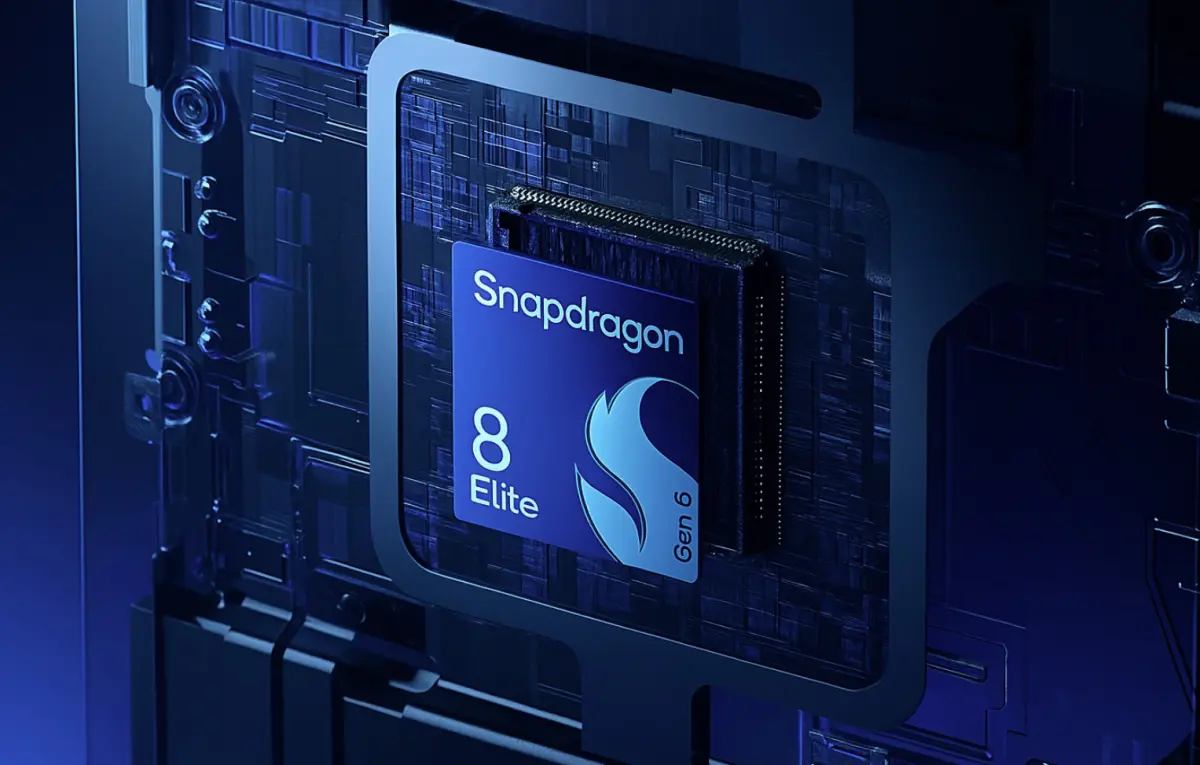Highlights:
- Snapdragon 8 Elite Gen 6 to launch with two versions: Regular and Pro
- Pro model expected to carry top‑end performance, while regular version may be slightly toned down
- Both chips built on TSMC’s advanced N2P process with new 8‑core CPU design
- Pro version likely to support LPDDR6 memory for faster performance
- Rising costs could push flagship smartphone prices higher by 2026–27

Qualcomm is preparing to shake up its flagship processor lineup once again. According to leaks from Digital Chat Station, the upcoming Snapdragon 8 Elite Gen 6 will not arrive alone. Instead, Qualcomm is expected to introduce two versions: a standard model and a more powerful Pro variant.
Regular vs. Pro – What’s the Difference?
The Snapdragon 8 Elite Gen 6 will succeed the current Gen 5 series. However, insiders suggest that the Pro version will be the true flagship, while the regular Gen 6 may come with slightly reduced performance to keep costs lower.
This means smartphone makers could use the Pro chip in their most premium devices, while the standard Gen 6 would serve as a more affordable alternative with a similar architecture.
A Confusing Naming Strategy
Qualcomm’s naming system has been anything but consistent in recent years. The company moved from Snapdragon 8 Gen 1 in 2022 to Gen 2 and Gen 3, then suddenly switched to Snapdragon 8 Elite in 2024. By 2025, the naming returned to Elite Gen 5, and now with Gen 6, a Pro model is being added.
To make things even more complicated, reports also suggest that a “Snapdragon 8 Gen 5” sub‑flagship will appear this year. With so many variations, consumers and even manufacturers may find the lineup confusing.
Key Features of Snapdragon 8 Elite Gen 6
Leaked details reveal that both the regular and Pro versions will be manufactured using TSMC’s N2P process, one of the most advanced semiconductor technologies available. They will also feature Qualcomm’s third‑generation CPU design with an 8‑core setup (2 + 3 + 3 configuration).
The main difference between the two chips is expected to be in GPU performance and memory support. The Pro version will reportedly support LPDDR6 RAM, offering faster speeds and better efficiency, while the regular version may stick to older standards.
Rising Costs and Market Impact
While performance is set to improve, analysts warn that the use of advanced processes and high‑speed memory could drive up manufacturing costs. This may result in even higher prices for flagship smartphones launching in 2026 and 2027.
With smartphone prices already climbing, the introduction of a Pro tier could widen the gap between premium and ultra‑premium devices. It will be interesting to see how brands like Samsung, Xiaomi, and OnePlus position their upcoming flagships with these new chips.









